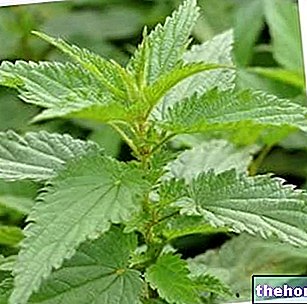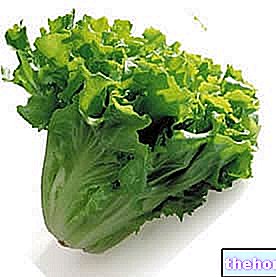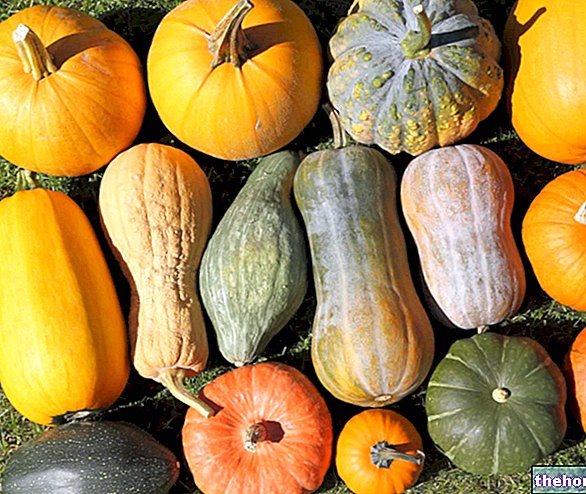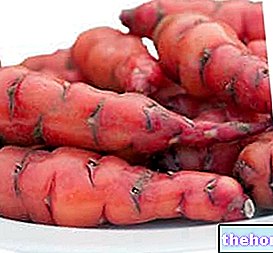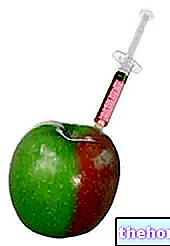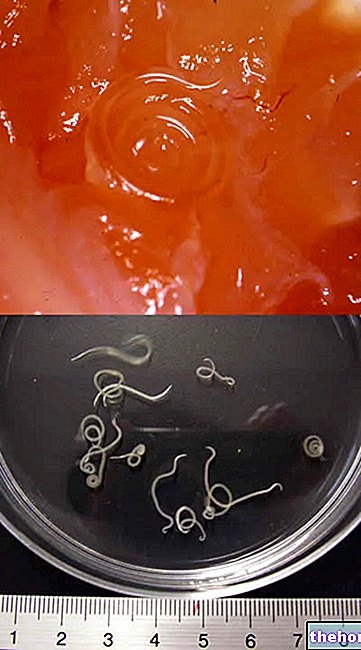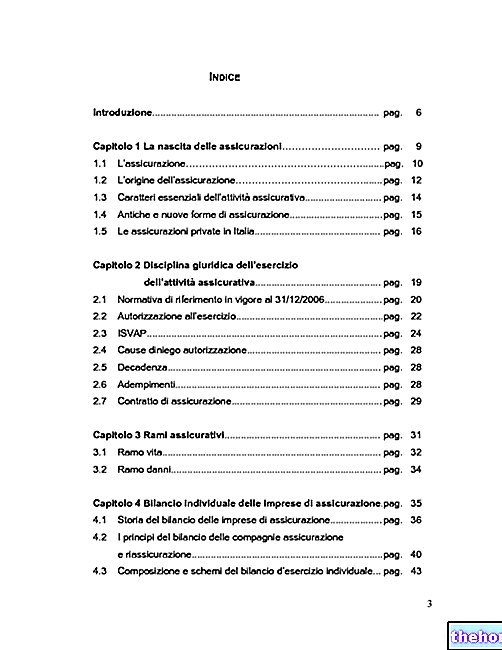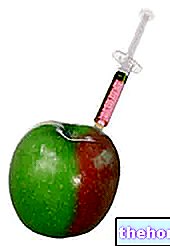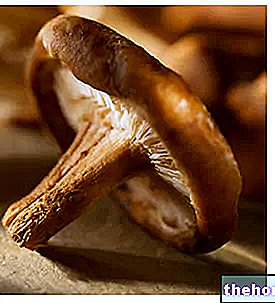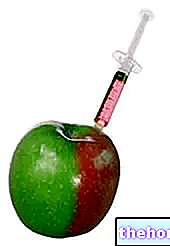The rocket (Eruca sativa Miller) is an annual herbaceous plant belonging to the Brassicaceae (cruciferous) family. The rocket has numerous uses, both in the culinary field and in the medical / herbalist one.

We must be very careful not to confuse the classic rocket with a very similar plant, which is the wild rocket (Diplotaxis tenuifolia (L.) DC.). The latter, unlike the "Eruca sativa, has more serrated leaves, yellow flowers and a much more decisive and spicy flavor.
History of the rocket
Arugula has a very ancient history. Already in Roman times, it was used as a flavoring ingredient for foods, but also as an alleged aphrodisiac substance.
The cultivation of rocket has developed throughout the Mediterranean area and in central-western Asia. Nowadays, it is abundantly cultivated in Veneto, but also in northern Europe, North America and India. In this last place, the seeds of the plant are known with the name of Gargeer.
Plant morphology
Arugula sativa, if left to grow, can reach up to 50 centimeters in height. The leaves, supported by small hairless stems gathered at the base (rosette), are green in color, with serrated edges, oblong in shape (similar to a spear), with a characteristic odor and a more or less spicy flavor.

The flavor of rocket is mainly influenced by the type of soil and the season. The more the soil is arid and the late harvest, the greater the intensity of the flavor.
The flowers of the rocket are formed by four petals, with a yellowish-white or purplish color, whose flowering takes place from February to June. The fruits of the rocket are siliques, which in turn contain a variable number of small edible seeds.
The rocket is grown up to an altitude of about 800-1000 meters above sea level; it grows well on any type of soil, preferably calcareous and arid (it is very sensitive to water stagnation). Sowing takes place in spring, and then continues also in winter. In the latter case it is necessary to have the foresight to cover the seeds with a little soil.
The leaves of the rocket can be harvested throughout the year, especially if they are well developed and without flowers.
The leaves and roots are the most used parts. The former can be used both fresh and frozen, while the roots are dried.
Rocket: nutritional aspects

Rocket: health aspects
The health aspects of rocket are largely beneficial for our body:
- presence of vitamin C. In the past it was used to combat scurvy;
- presence of potassium, iron, calcium and phosphorus;
- stimulates the appetite;
- promotes digestion;
- diuretic action;
- bechica action;
- beneficial for the liver;
- carminative action, favors the expulsion of intestinal gas;
- it stimulates the organism in the period of convalescence and weakness;
- calming and invigorating action when taken as an herbal tea with mint and flowering tops of savory.
The only negative aspect of rocket is the ease with which it causes irritating effects on our body when taken in high doses.
Rocket: uses in the kitchen
Rocket, like wild rocket, is widely used in the kitchen. If you want to give the dish an intense flavor with a pinch of spicy, wild rocket is certainly more suitable. Also in the culinary field, rocket is made to marry with vegetables, meats, dairy products, sweet corn, pizza, pasta and many other foods.
A tip for all cooking enthusiasts is to try to season the pasta with a kind of pesto alla genovese made with rocket. The dressing is obtained following the classic recipe for Genoese pesto, only that the basil is replaced, totally or in part, with the rocket leaves.
Rocket Pesto
Problems with playing the video? Reload the video from youtube.
- Go to the Video Page
- Go to the Video Recipes Section
- Watch the video on youtube
Curiosity
In the island of Ischia a liqueur made from rocket called Rocket. Usually this liqueur, together with the infamous limoncello, is served after meals to facilitate digestion. Another curiosity is that rocket is widely used in Egypt as a side dish to fish dishes.
Other Foods - Vegetables Garlic Agretti Asparagus Basil Beets Borage Broccoli Capers Artichokes Carrots Catalonia Brussels sprouts Cauliflower Cabbage and Savoy cabbage Red cabbage Cucumber Chicory Turnip greens Onion Sauerkraut Watercress Edamame Chives Chanterelles Flour Cassava Flowers Pumpkin Flour Edible Flowers Pumpkin Seasonal Fruits and Vegetables Endive Salads and Salads Strengthening Salad Lettuce Aubergines Vegetables Nettle Pak-Choi Parsnip Potatoes American Potato Peppers Pinzimonio Tomatoes Leeks Parsley Radicchio Turnips Red Turnips Radishes Rocket Shallots Endive Celery Celeriac Seeds Sprouted Spinach Truffle Valianamberi or Jerusalem artichoke laxatives Saffron Pumpkin Zucchini Vegetables - Nutritional properties OTHER VEGETABLE ITEMS Categories Food Alcoholics Meat Cereals and derivatives Sweeteners Sweets Offal Fruit Dried fruit Milk and derivatives Legumes Oils and fats Fish and fishery products Cold cuts S pezie Vegetables Health recipes Appetizers Bread, Pizza and Brioche First courses Second courses Vegetables and Salads Sweets and Desserts Ice creams and sorbets Syrups, liqueurs and grappa Basic preparations ---- In the kitchen with leftovers Carnival recipes Christmas recipes Light diet recipes Women's Day, Mum, Dad Recipes Functional Recipes International Recipes Easter Recipes Recipes for Celiacs Recipes for Diabetics Recipes for Holidays Recipes for Valentine's Day Recipes for Vegetarians Protein Recipes Regional Recipes Vegan Recipes

